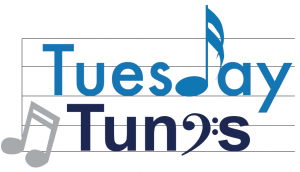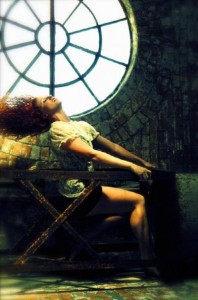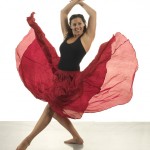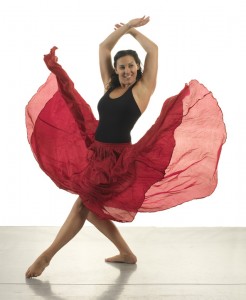I think my favorite part of the Frame Dance blog is MFA Monday– for several reasons. One is that is it a great reminder that we are not alone in the pursuit of dance as an advanced degree, a career, an art form, or as a tool for building communities. It can be very isolating, especially when I don’t know all of you who read this. I wish I did! Of course I can read the stats of viewers on the blog, but when it’s just numbers, I don’t always know if this resource is helpful. But then there are those days that I get an email from someone who has been reading these columns, and has valued the wisdom that our fellow writers have shared and wants to participate in the conversation. That is a VERY happy day for me. It reminds me that although our career can at times be isolating, dancers are people who are generous with their knowledge and hungry for more. I admire you.
Today we welcome Megan Yankee to the Frame Dance blog. She opens a series today, and as the weeks unfold, you’ll hear from several of her colleagues about their MFA stories. I am so very excited (and I’ve only had one sip of my coffee). Here we go!
After the Master: Introduction
Many of the wonderful, previous MFA Monday contributors have provided guidance for facing the challenges leading into and during their graduate studies. Accordingly, my goal with this series is to provide a snapshot of the world after you’ve finished. My blog arch will be comprised largely of anecdotes from the subgroup of dance artists who entered graduate school during the Great Recession. Many of us are 35 years old or younger, came into graduate school with less than 5 years of making or teaching dance outside of school, and are now faced with an over-crowded and daunting job market.
If you’re anything like me, you fled that crumbling economy into graduate school for several reasons. Namely, my job prospects with a BA in dance were limited and graduate studies provided me with hope of inspiration and financial stability as a dancer. Teaching dance in public school was possible but limited and required additional schooling or certifications. Teaching in studios was financially precarious. Jobs that didn’t involve dance could pay the bills, but were largely uninteresting and could unwittingly cause creative atrophy if I wasn’t extremely disciplined with my personal practice and pursuit of non-academic performance opportunities. Graduate school offered me a way to further explore my craft alongside inspiring, intelligent peers AND the possibility of landing a position at a university that seemed financially stable and endlessly fascinating.
I have been fortunate en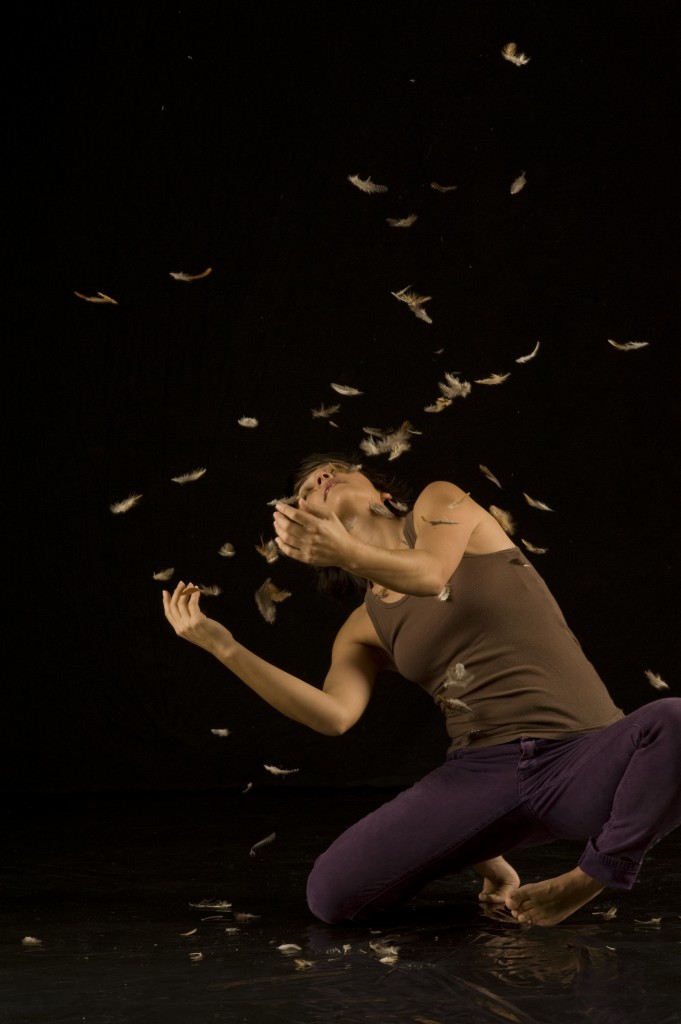 ough to find performance opportunities as well as teach for a semester at a wonderful private liberal arts university for a semester since my graduation a year ago. Based on advice given to me, I have applied for a few other university jobs that I felt truly fit my goals, talents and experience. I have been met with the all-too-common “thanks, but no thanks” that I hear many of my peers receiving. I have, after much toil, come to terms with this, although I still shoot out applications here and there. In place of sending out applications weekly or daily, I have turned to my local arts council and other funders for financial support and performance opportunities. This has also been met with marginal success. More on this in future articles.
ough to find performance opportunities as well as teach for a semester at a wonderful private liberal arts university for a semester since my graduation a year ago. Based on advice given to me, I have applied for a few other university jobs that I felt truly fit my goals, talents and experience. I have been met with the all-too-common “thanks, but no thanks” that I hear many of my peers receiving. I have, after much toil, come to terms with this, although I still shoot out applications here and there. In place of sending out applications weekly or daily, I have turned to my local arts council and other funders for financial support and performance opportunities. This has also been met with marginal success. More on this in future articles.
If graduate school is near the top of your list of difficult life experiences, wait until you try to continue making or teaching dance after you graduate without the aid of academia. (Throw in a cross-country move after graduation and you may end up in break-down mode like I did, something I would never wish that upon anyone). What I didn’t read enough about in graduate school was the struggle outside of the studio that the choreographers we studied went through. Did Steve Paxton eat ramen noodles daily to save money? Did Martha Graham perform on the streets for tips? Did Trisha Brown have two office jobs to pay the rent? Maybe I was reading the wrong stuff; it’s certainly possible! But perhaps if I had sought out this kind of information, I might have felt a little more capable of making great dance without academia. Is it out of those struggles that great dance making emerges?
In the year since I earned my master’s degree, I’ve nursed dreams of starting a non-profit or my own dance company, building a tiny house on a friend’s patch of land atop a mountain in Colorado and everything in between. I’ve performed five times, attempted to learn aikido and tai chi and I haven’t finished a one of the many books that I’ve started. The forthcoming series of articles I have assembled is not meant to be a guide, dear dancer-reader, but a series of accounts of what life can be like after graduation if you don’t land a coveted tenure-track position. Admittedly, I am less interested in the artistic process for this series. I want to know what the life of MFAs is like outside of the studio because that outside life has a direct effect on the work being made or NOT made.
Coming soon will be two more articles written by yours truly on the topics I have introduced above as well as one article or interview written by each of my colleagues Erin Law, Gabrielle Aufiero and Amanda McCorckle. These fantastic women have taken separate paths after graduate school. Again, my goal here is not to guide you through life after graduate school, but to show the diversity of options (and any challenges associated with them) that we are faced with once we graduate. Stay tuned.
Megan is an indie dance artist that seeks opportunities to make and present dances in alternative spaces in order to expand the reach of concert dance. She is committed to presenting work and curating concerts in houses, busy street corners, warehouses, dance for film, online and in visual art galleries. She has performed and presented work nationally and internationally at the Nomad Express Multi Arts Festival in Ouagadougou, Burkina Faso produced by Olivier, the Sonic Arts Research Center in Belfast, Northern Ireland, American Dance Festival, American College Dance Festival, Texas Dance Improvisation Festival, Movement Intensive in Composition and Improvisation in Lancaster, PA, Emerge and Exchange Dance Festivals in Tulsa, OK, {254} Festival in Waco, Texas, Out of Loop Festival in Addison, TX, and the Rogue Festival in Fresno, CA. She has had the honor of performing in works by Christie Nelson, Amie LeGendre, Larry Keigwin, Michael Foley, Jordan Fuchs, Sandy Mathern-Smith and Sarah Gamblin.
Megan holds (and runs with) an MFA in Dance from Texas Woman’s University and currently lives in Columbus, OH with her partner, John Osburn and their two dogs, Weecho and Lucy.


